Fun Canada Fact – Who Owns All of Canada’s Pine Trees?
🍁Canada has more trees than any other country but they don’t all belong to Canadians🍁
.
What is a ”Stump Fee”? Why are the pine trees not Canada’s property?
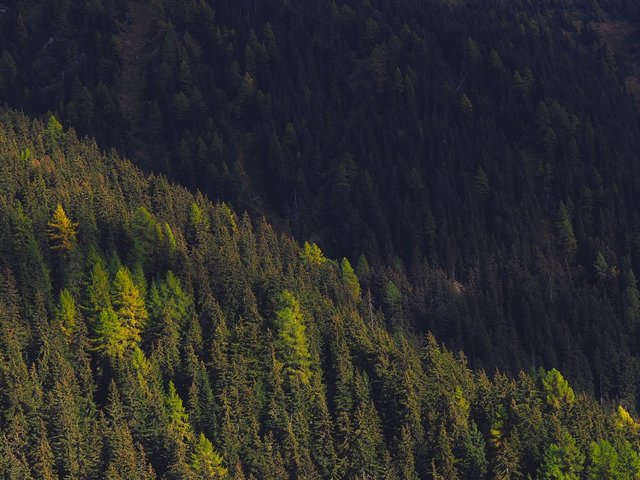
Well to be fair, Canada does control the pine trees, but pine trees on someone’s private property belongs to that person. Pine trees on private land can be used as the owner wishes without having to pay tax called a stump fee.
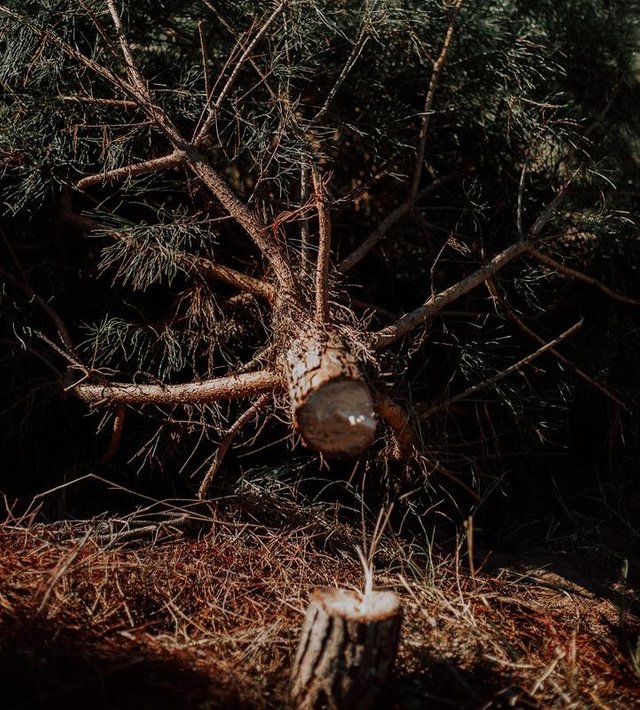
So who owns the all the other pine trees you might be wondering. Well, the Queen of England of course, well, sort of in a way she does. What actually owns the trees is called The Crown. As a matter of fact all land not privately owned belongs to the Crown and Canadians call it Crown Land. Less than 12% of land in Canada is privately owned so she owns a lot of land. BUT let’s not forget the lands that Native Peoples of Canada have rightfully taken back control.
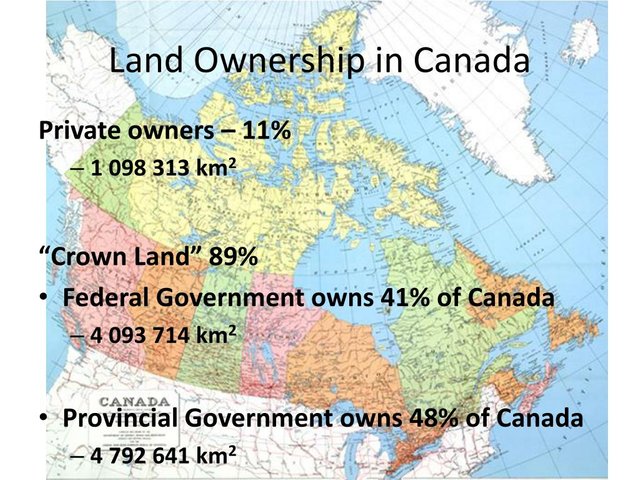
The reason, I have heard, is because way back in the day when ships were made with wood. England may call upon Canada to help with a war effort. Yes , in the event of a war today England may still need our pine trees. I guess the queen hasn’t learnt that war ships are made with iron.
The Canadian government administers Crown Land without input from the Queen of England, isn’t that nice.
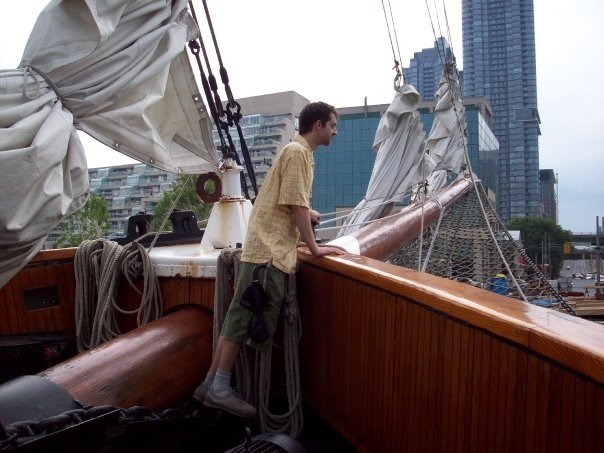
(Actual photo of me 11 years ago on a wooden war ship, The Bluenose. This ship is seen on Canada's ten cent coin called a dime.)
The nice thing about Crown Land is it’s free to use for Canadian Citizens. There are some rules though. Each province may have slightly different rules so these rules are for Ontario where I am from.
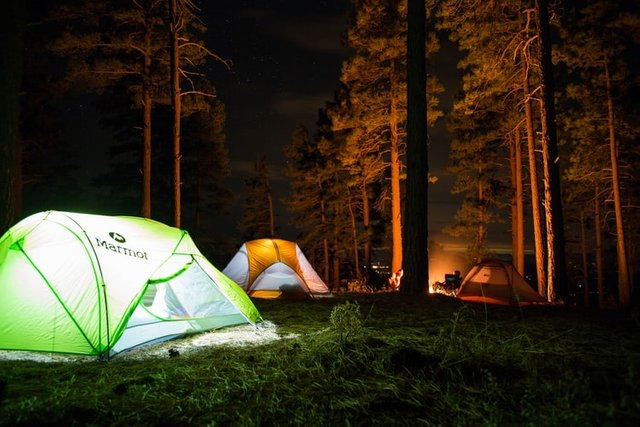
❶ – If you’re over 18 years old you can camp for up to 21 days without a permit. Non-citizens will need to get a permit to camp. There are some other minor rules about safety and protecting the natural environment.
❷ – Fishing in the countless lakes and rivers is permitted but everyone needs to buy fishing license (a tax that contributes to maintaining live fish stocks). There are some other rules about when and which types of fish you can catch.
❸ – You can hunt wild animals. Again you need a license to hunt different species, and must follow the seasonal hunting rules.
❹ – You can forage wild fruits, vegetables, and mushrooms. As well as other edible vegetation.
Things You Can’t Do on Crown Land
❶ – As mentioned you can’t cut down live trees, especially the pines.
❷ – Build permanent structures without permission.
❸ – You can't squat or claim any of it as your own, but there are loop holes if you've got a good lawyer. You can apply for permission to buy some. I’ve heard it’s a lengthy process.
❹ – You cannot open a business, or profit by harvesting the edible vegetation. You can take people on tours and charge a fee.
❺ – Most importantly, you must keep clean and not pollute or litter while you are visiting.
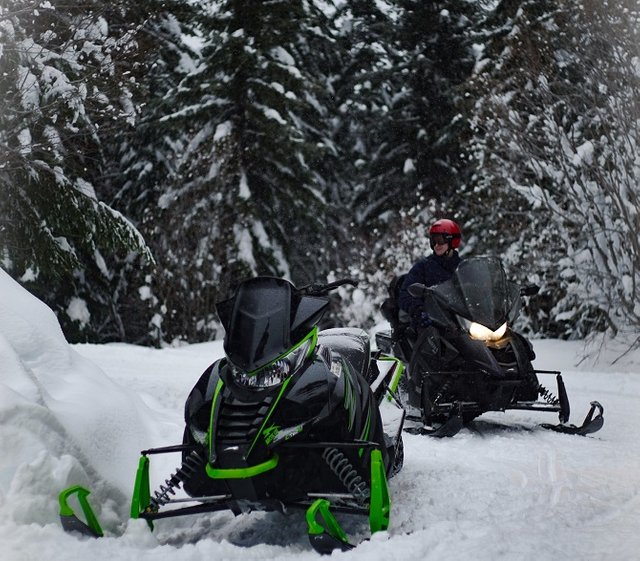
(Snowmobiles and boating is allowed too.)
So there you have it, some fun facts about Canada’s Crown Land and who really owns most it.
All Images are Open Sourced or My Own.
Sources of info,
https://www.ontario.ca/page/recreational-activities-on-crown-land
https://www.canadiangeographic.ca/article/protecting-forests-name-queen
ah... interesting. the squatters law still applies there.
Canada still allows squatting rights in some cases, it really depends on the situation, where, and for how long has the spot been squatted. It's a very old fashion ideal. If you lived somewhere long enough and controlled that place, after enough time it's considered yours. Sadly, some homeless people were using squatting rights because they could prove they lived in an abandoned building long that building is legally theirs, and they won it. So, the laws have changed quite a bit.